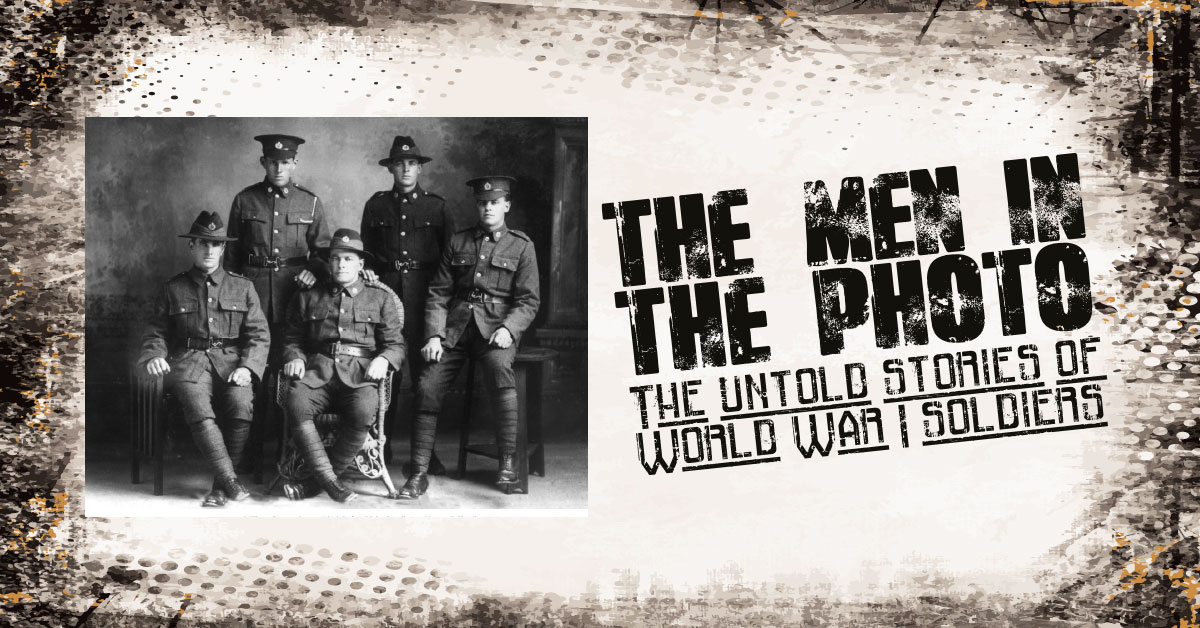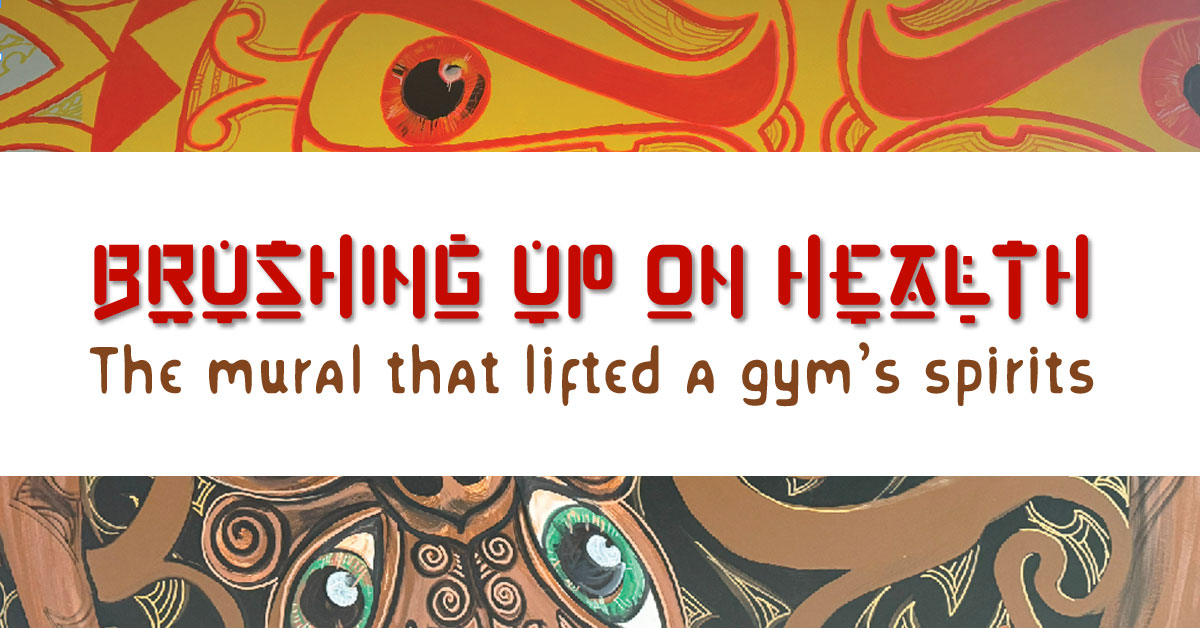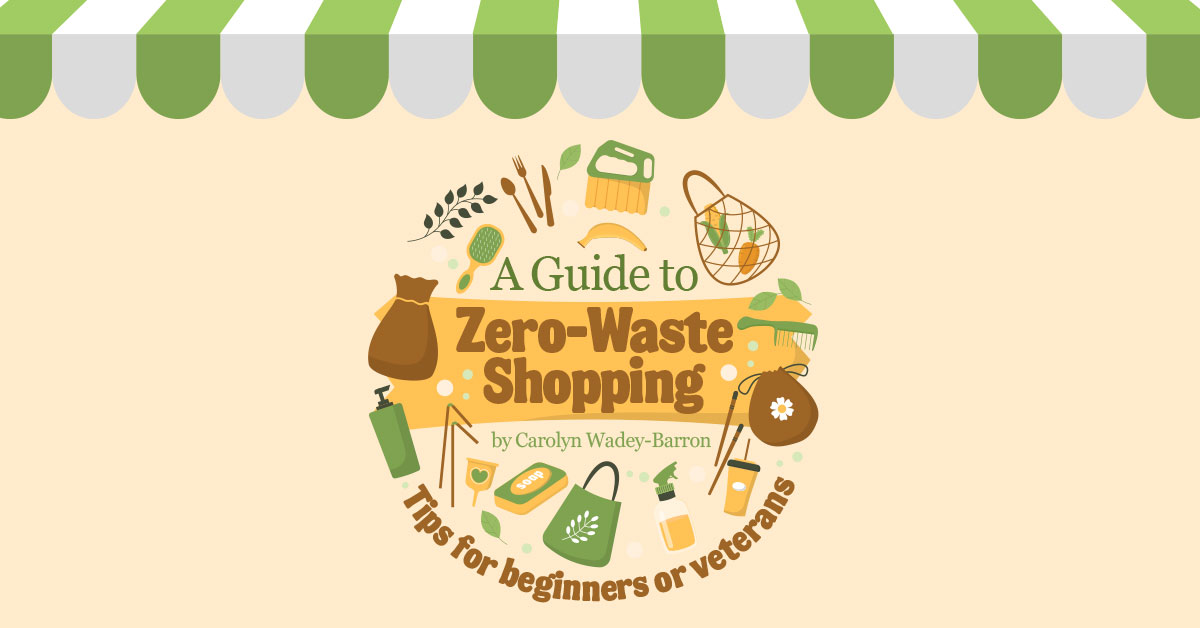
Imagine you are going through your late grandfather’s garage and you find a small enamel potty, a weird electric bed warmer, a very rusty saw and a gum spear.
Now, you went to the local museum recently, to drop off some other things – your school magazines, some pencils from Palmer’s Sweet Shop and a couple of A&G Price patterns – and you noticed some beautifully displayed logging saws, like this one of Grandad’s. You could take everything to the Seagull Centre, or the tip, but no, you decide to take it to the museum …
Or perhaps you really are downsizing. Tidying up under the house, in a mouldy and disintegrating cardboard box, you find a scrapbook with pictures of Turua, Ngatea and Kaihere from the 1890s, with all the names of the people in the photos, and an army blanket – sadly moth-eaten, but there’s a name on it … Again, you could take it all to the Seagull Centre, or the tip, but no, you decide to take everything to the museum. It’s closed when you get there so you leave the things hanging on the door handle.
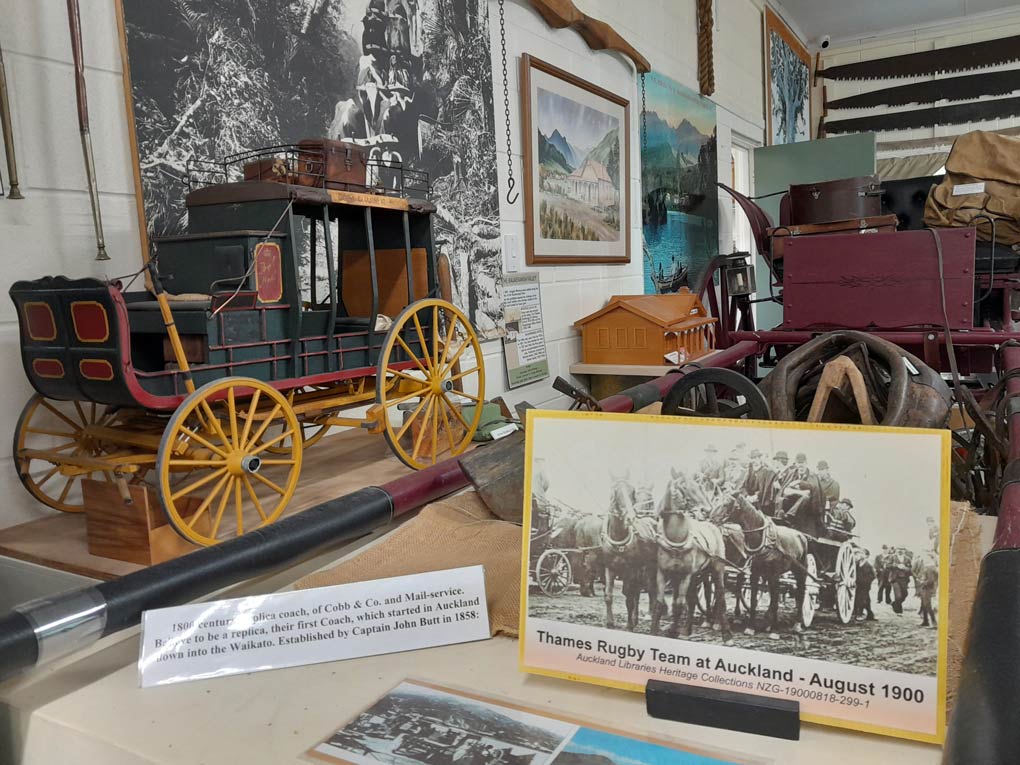
Now for a hard one: you’ll be 90 this year and you still have your mother’s jewellery – she was Miss Manawatū in her youth and her father a Whanganui businessman: there’s a street and a park named after him. Your parents never ventured to the peninsula – you spent your summers at Foxton Beach – but you came to live here a few years ago. You have some nieces who seldom visit, never listen to your reminiscences and laugh at your mother’s treasures. Of course, you could take the jewellery to the Seagull Centre, or an op shop, but no, you recognise its value and you decide to take everything to the museum…
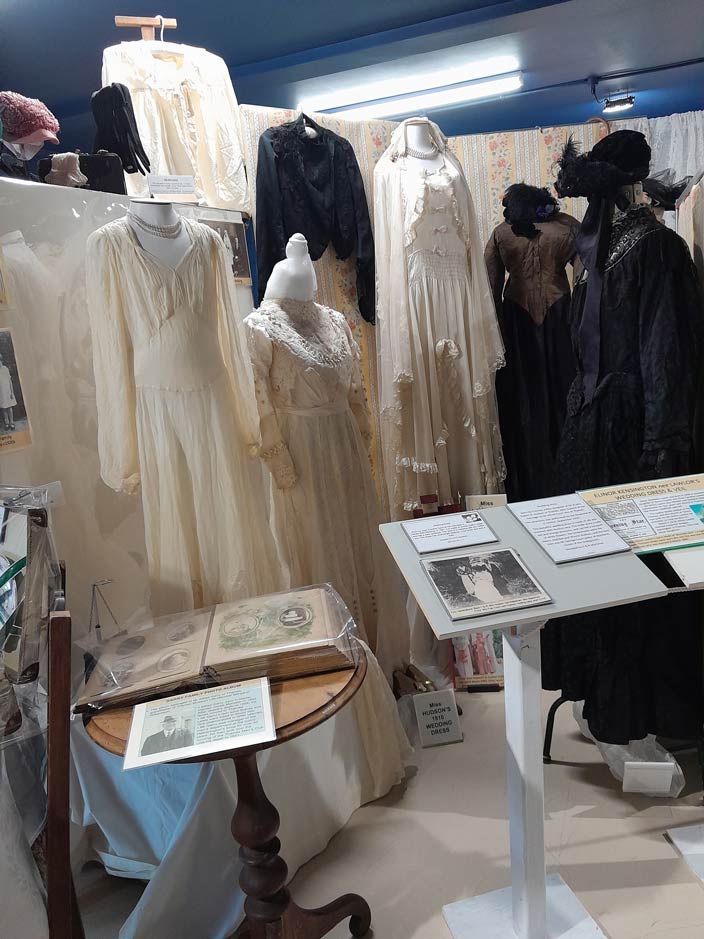
Three nearly-true stories in a typical month at Thames Museum Te Whare Taonga o te Kauaeranga and I imagine all the other museums around the Peninsula – and beyond. So does being a museum indiscriminately include saving things from the tip, the Seagull Centre, unappreciative relatives or op-shops?
Small town museums frequently relate the town’s social history through displays of taonga and objects that ideally have a strong local connection and tell a local story.

If we have no close relatives, knowing what to do with treasures inherited from our parents and grandparents is a real quandary. Taking a box of things to the tip is the easy way out and to the Seagull Centre or an op shop only slightly better. Taking it to the museum because you don’t know where else to take it isn’t necessarily the best solution either. However, museum staff can point you in the right direction.
At the museum, you’ll be asked, “Is there a local connection?” and “Can you tell me the story behind this object?” If your answers to these questions are “No” and “I can’t, I’m sorry,” the museum nearest you possibly isn’t the most appropriate place for them.
But there are better places, provided these things are in reasonably good condition.
Let’s go back to our three donors (details have been changed to protect privacy). Really rusty tools often aren’t worth having, but the child’s potty gets a tick and so does the early electric bed warmer. The gum spear is a gem, with granddad’s initials engraved in the handle – he was a well-loved character around town – and it’s now on display in our forestry and kauri gum area, telling granddad’s story.

The scrapbook needs some careful restoration. It covers towns outside your local museum’s catchment area, but a Hauraki Plains library is delighted to have it. They may even open a museum someday, so they’ll hang on to the blanket too – the name is a long-standing one on the Plains. These items may harbour insects, larvae or mould spores. They should be kept sealed in a plastic bag in a freezer for several weeks to rid them of pests.
And as for Miss Manawatū’s jewellery: it’s stunning but has absolutely no connection to Thames. The would-be donor’s forlornness broke our hearts. I hope he took our advice and sent it to Whanganui Regional Museum. That’s where it belongs and where its story can be celebrated.
Story and photos by Carolyn McKenzie, volunteer, Thames Museum Te Whare Taonga o te Kauaeranga

Visit the Thames Museum Te Whare Taonga o te Kauaeranga Website here.
Coromind: Coromandel’s Collaborative Magazine

Help us take Coromind Magazine to new heights by becoming a member. Click here
Change the Weather for Your Business: Advertise with Us.
Advertise your business in the whole Hauraki Coromandel in the coolest Coromandel Art Magazine, from Waihi Beach/Paeroa /Thames up to the Great Barrier Island.
Advertise Smarter, Not Harder: Get in Touch


